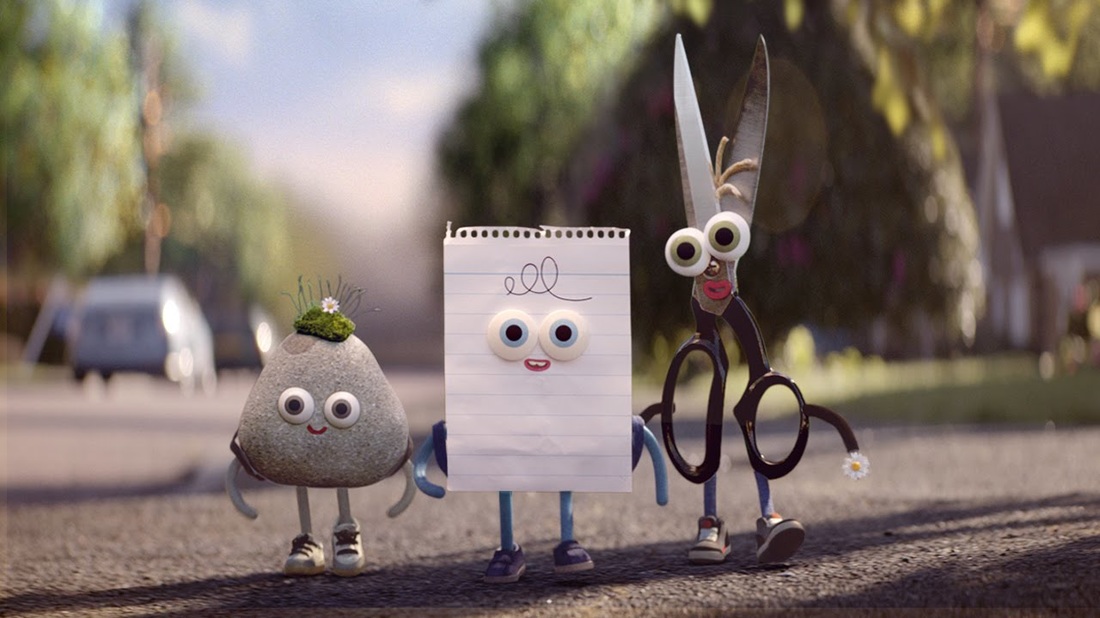what Are Mechanics?
Board game mechanics are the actions players may take (or the actions that other take against a player).
Mechanics are the specific ways that players physically play the game. There are over 30 commonly used mechanics like Roll and Move, Action Point Allowance, Set Collection, and Pattern Recognition, but there are many new and innovative mechanics that game developers have created. In Niagara, clear plastic disks move based on player decisions simulating a river’s movement. Game manufacturers are always looking for unusual and new mechanics in game prototypes.
In strategy games, the mechanics most commonly used provide opportunities for players to make decisions about the course of the game, rather than luck. These mechanics provide the opportunities that players have in the game, and any modifications to the mechanics are designed to construct the decision-making opportunities that the game designer wants them to have. These actions are mostly physical, like laying a tile or drafting cards, but can also be mental like bluffing or memory. As a game designer, these are your tools to create experiences for players where they get to make decisions as they play.
Another way to think of a game mechanic is to think of it as a set of rules. Mechanics can be thought of as a set of rules that form a new rule unto themselves. These sets of rules define different actions a player can take. Some argue that a game equals rules and rules equal game, and if that is true, then mechanics determine the game itself.
Mechanics are the specific ways that players physically play the game. There are over 30 commonly used mechanics like Roll and Move, Action Point Allowance, Set Collection, and Pattern Recognition, but there are many new and innovative mechanics that game developers have created. In Niagara, clear plastic disks move based on player decisions simulating a river’s movement. Game manufacturers are always looking for unusual and new mechanics in game prototypes.
In strategy games, the mechanics most commonly used provide opportunities for players to make decisions about the course of the game, rather than luck. These mechanics provide the opportunities that players have in the game, and any modifications to the mechanics are designed to construct the decision-making opportunities that the game designer wants them to have. These actions are mostly physical, like laying a tile or drafting cards, but can also be mental like bluffing or memory. As a game designer, these are your tools to create experiences for players where they get to make decisions as they play.
Another way to think of a game mechanic is to think of it as a set of rules. Mechanics can be thought of as a set of rules that form a new rule unto themselves. These sets of rules define different actions a player can take. Some argue that a game equals rules and rules equal game, and if that is true, then mechanics determine the game itself.
|
Example: The mechanic Rock Paper Scissors.
RPS is a set of rules and is a game, and one could argue that RPS. Let’s look at the rules:
|
Thus, this set of rules forms the set known as Rock Paper Scissors. Sometimes the rules vary slightly for Rock Paper Scissors, but the essential components are known and adhered to. Because of this, when a game of RPS is offered, players can easily join in if they already know it. In addition, if a game designer wanted to add RPS to a game, many players would know what to expect. The designer should explain the rules to rock paper scissors, but in general, those rules should be similar to how another designer would explain them.
There are many different game mechanics that function the same way—they are sets of rules that players (and designers) know and their use helps define a game and how it is played. They are known to players and game designers, and you, the burgeoning game designer, must learn these mechanics to help you play existing games and to develop your own game.
Themes can often have any and all mechanics applied to those themes, but successful game designers either choose mechanics carefully that fit their theme OR they create their own mechanics. Publishers are always looking for new mechanics, but are also willing to look at games with existing mechanics utilized in a fresh and new way. For you as the designer, your choices should fit your theme and contribute meaningfully to both player decision-making and development of the conflict.
Themes can often have any and all mechanics applied to those themes, but successful game designers either choose mechanics carefully that fit their theme OR they create their own mechanics. Publishers are always looking for new mechanics, but are also willing to look at games with existing mechanics utilized in a fresh and new way. For you as the designer, your choices should fit your theme and contribute meaningfully to both player decision-making and development of the conflict.

